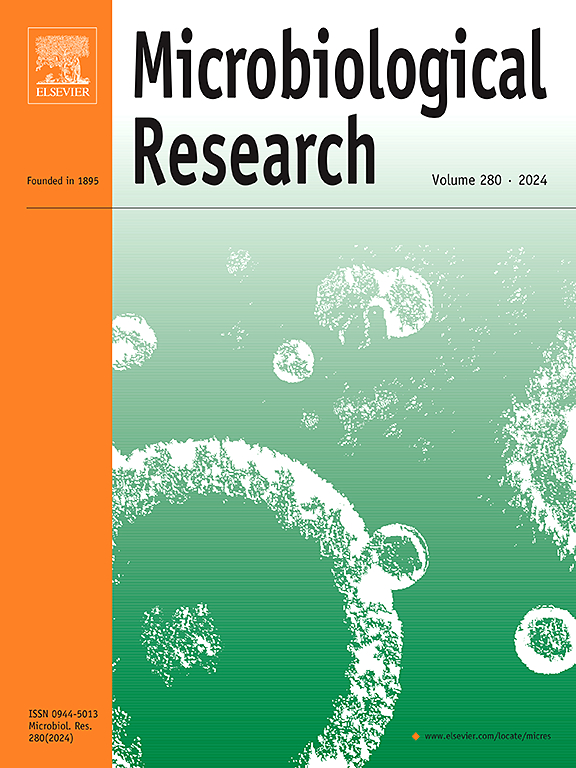Phage engineering strategies to expand host range for controlling antibiotic-resistant pathogens
IF 6.9
1区 生物学
Q1 MICROBIOLOGY
引用次数: 0
Abstract
Bacteriophages are known as a promising alternative to control rising bacterial resistance. The adsorption phase is critical for the successful infection of phages, as it determines their ability to recognize and attach to specific bacterial host cells. However, their limited host ranges due to narrow host specificity significantly limit their potential applications and overall effectiveness. Receptor-binding proteins (RBPs) are crucial in the recognition process, and modifying these proteins provides a valuable opportunity to broaden host ranges and enhance adsorption rates. Therefore, gaining a more comprehensive understanding of the interactions between phages and their bacterial hosts is essential. To overcome this challenge, various in vivo and in vitro engineering platforms have been developed, including recombineering, clustered regularly interspaced short palindromic repeats (CRISPR)-CRISPR-associated proteins (Cas) systems, yeast-based technologies, and cell-free systems. These methods provide diverse strategies and flexibility for constructing customized phage genomes with desired characteristics, ultimately enhancing phage application efficiency. This review discusses different types of RBPs in phages and their mechanisms of adsorption, highlighting their relevance for adaptable engineering strategies. We also summarize various phage engineering platforms and explore the design of synthetic phages with expanded host ranges. Finally, we highlight the advantages and limitations of current engineering methods, providing insights to guide future research efforts.
噬菌体工程策略扩大宿主范围以控制耐药病原体
噬菌体被认为是控制不断上升的细菌耐药性的一种有希望的替代方法。吸附期对噬菌体的成功感染至关重要,因为它决定了噬菌体识别和附着特定细菌宿主细胞的能力。然而,由于宿主特异性较窄,它们的宿主范围有限,这极大地限制了它们的潜在应用和整体有效性。受体结合蛋白(rbp)在识别过程中至关重要,修饰这些蛋白为扩大宿主范围和提高吸附率提供了宝贵的机会。因此,更全面地了解噬菌体与其细菌宿主之间的相互作用是至关重要的。为了克服这一挑战,已经开发了各种体内和体外工程平台,包括重组,聚集规则间隔短回文重复(CRISPR)-CRISPR相关蛋白(Cas)系统,基于酵母的技术和无细胞系统。这些方法为构建具有所需特征的定制噬菌体基因组提供了多种策略和灵活性,最终提高了噬菌体的应用效率。本文综述了噬菌体中不同类型的rbp及其吸附机制,强调了它们与适应性工程策略的相关性。我们还总结了各种噬菌体工程平台,并探索了扩大宿主范围的合成噬菌体的设计。最后,我们强调了当前工程方法的优点和局限性,为指导未来的研究工作提供了见解。
本文章由计算机程序翻译,如有差异,请以英文原文为准。
求助全文
约1分钟内获得全文
求助全文
来源期刊

Microbiological research
生物-微生物学
CiteScore
10.90
自引率
6.00%
发文量
249
审稿时长
29 days
期刊介绍:
Microbiological Research is devoted to publishing reports on prokaryotic and eukaryotic microorganisms such as yeasts, fungi, bacteria, archaea, and protozoa. Research on interactions between pathogenic microorganisms and their environment or hosts are also covered.
 求助内容:
求助内容: 应助结果提醒方式:
应助结果提醒方式:


